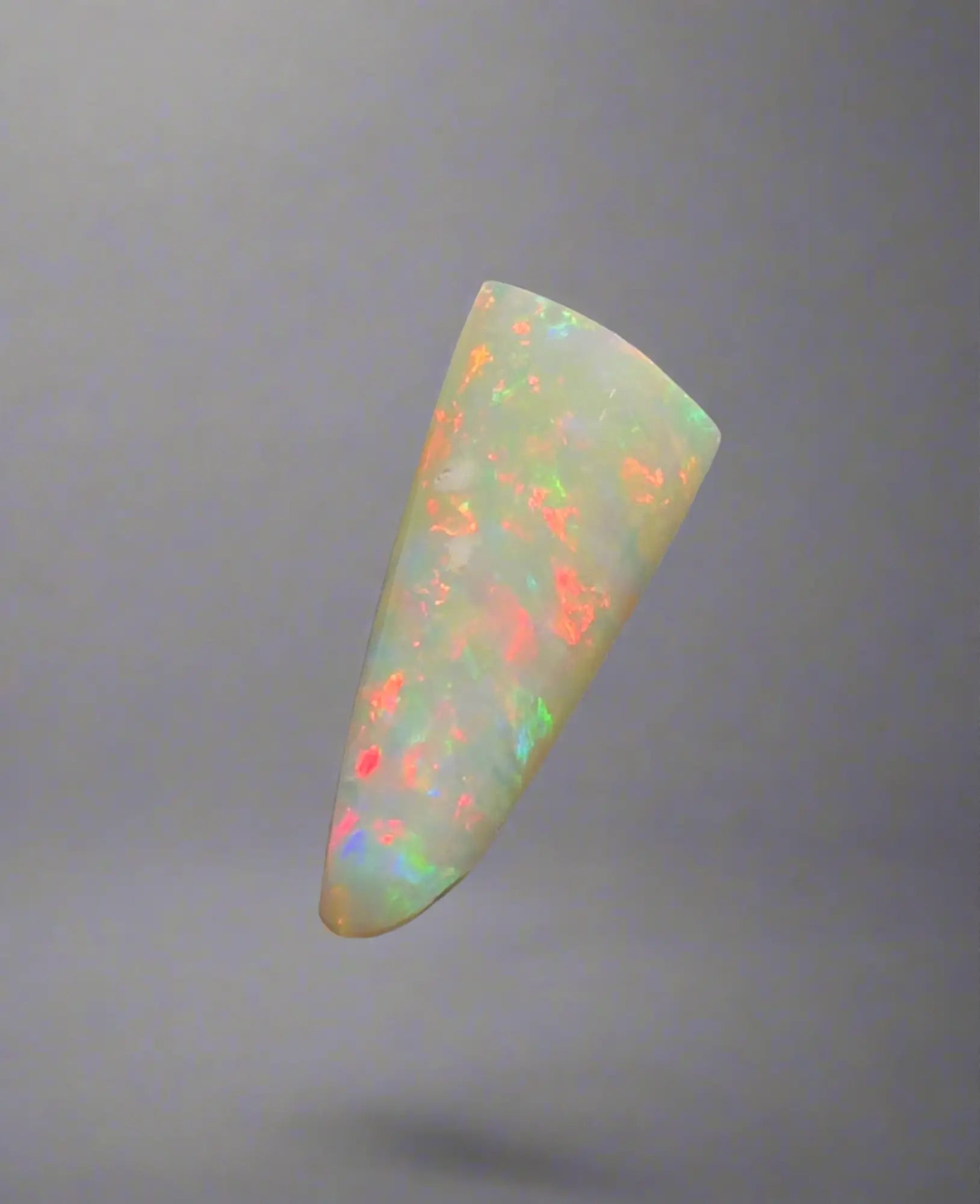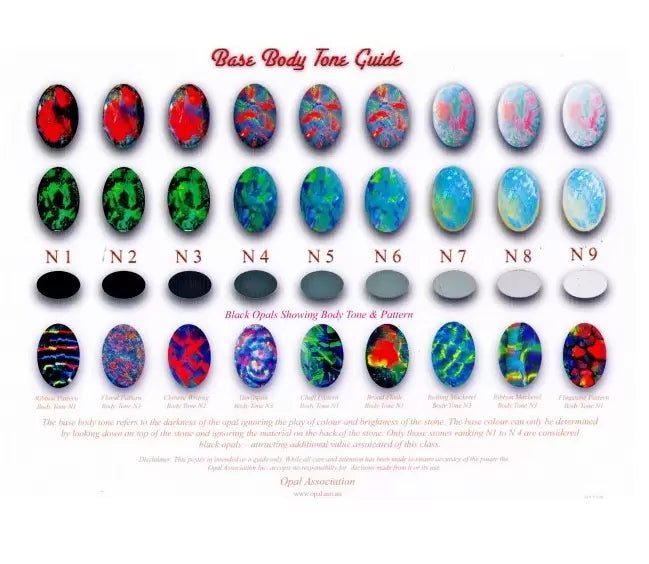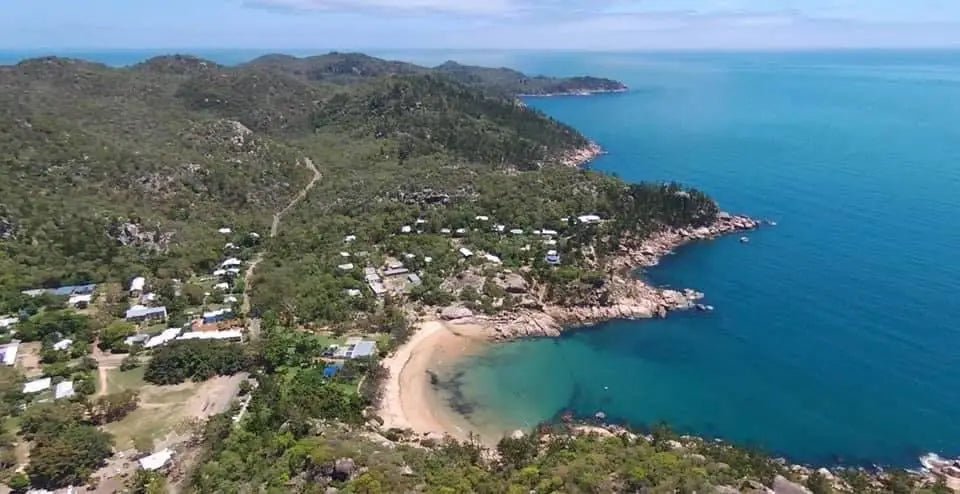
Opal Fossils: A Comprehensive Guide
FAQs:
- What are opal fossils?
- Where are black opal fossils found?
- What does opalized/opalised mean?
Lightning Ridge – Black Opal Fossils
Lightning Ridge in northern New South Wales, Australia, is the exclusive source of black opal fossils. This unique location is the only opal field in Australia known to yield fossils of various land-living organisms, including pinecones, platypuses, microscopic protozoans, and even gigantic dinosaurs. These fossils are often exact replicas of plant, shell, or bone material and can sometimes be composed of gem-quality black opal, making them highly valuable.
The diverse range of black opal fossils found at Lightning Ridge includes remnants of ancient plants, mussels, snails, crustaceans, fish, turtles, plesiosaurs, crocodiles, pterosaurs, dinosaurs, birds, and mammals.
Around 110 million years ago, the supercontinent Gondwana featured vast forests of pines, ferns, and palms interspersed with shallow seas. Dinosaurs and their relatives dominated this landscape, alongside rare, tiny mammal ancestors. Fragments of these ancient creatures accumulated in the sands of the inland sea, leading to the rare, beautiful, and precious fossils discovered at Lightning Ridge today.
These fossils are three-dimensional replicas of ancient organic objects, transformed into either non-precious potch or precious opal. In pseudomorph fossils, silica filled cavities or voids, preserving the basic shape and surface texture. Replacement fossils, on the other hand, have preserved intricate internal structures through chemical alteration before the cavities were filled with silica solution.
Most fossils at Lightning Ridge are a combination of pseudomorph and replacement types. Despite the transformation to silica destroying biomolecular evidence, marrow tissue, blood vessels, capillaries, and nerve channels can be perfectly preserved. If the potch is transparent, these features are visible below the surface in opalized bones. Surprisingly, even delicate materials like leaves and dinosaur skin have been opalized. Some fossils resemble coprolites, reptilian armor scutes, or heavy scales; occasionally, bone specimens show remnants of tendons or cartilage.
The fine-grained opal-dirt at Lightning Ridge, comprising kaolinite, smectite, and illite, contributes to the outstanding quality of preservation, creating an ideal casting medium. While most fossils found here consist of potch (colourless opal), those with colour are rare and veryvaluable. Unfortunately, many fossils are damaged by machinery during excavation as traditional pick and shovel operations give way to machine-driven methods. Removing fossil specimens requires delicate handling, and colourless fossil specimens are often overlooked by miners searching for opal colour.
South Australian Opal Fossils
The opal fossils found in South Australian opal fields are both scientific treasures and stunning gems. The Eromanga Sea, which covered the interior of Australia 100-120 million years ago, was teeming with marine life, including ichthyosaurs, plesiosaurs, fish, sharks, ammonites, and belemnites. Slow-moving and sedentary animals such as starfish, crinoids, cockles, mussels, snails, and tube-worms inhabited the seafloor.
Only bones and shells trapped in seafloor sediment had the potential to become fossils. Some were replaced by clear silica, while others transformed into precious opal.
Moon Plain, located about 35 km from Coober Pedy in South Australia’s outback, is a significant source of opal fossils. Once part of a vast inland sea, this area is now a haven for paleontologists. South Australia boasts the best cold-water Cretaceous marine deposits globally, a stark contrast to today's arid landscape and scorching heat.
Conclusion
Opal fossils from Lightning Ridge and South Australia offer a unique glimpse into ancient ecosystems and the incredible processes that preserve these remnants of the past. Whether composed of non-precious potch or valuable opal, these fossils are scientific wonders and beautiful natural artworks, reflecting millions of years of geological and biological history.




Leave a comment
This site is protected by hCaptcha and the hCaptcha Privacy Policy and Terms of Service apply.